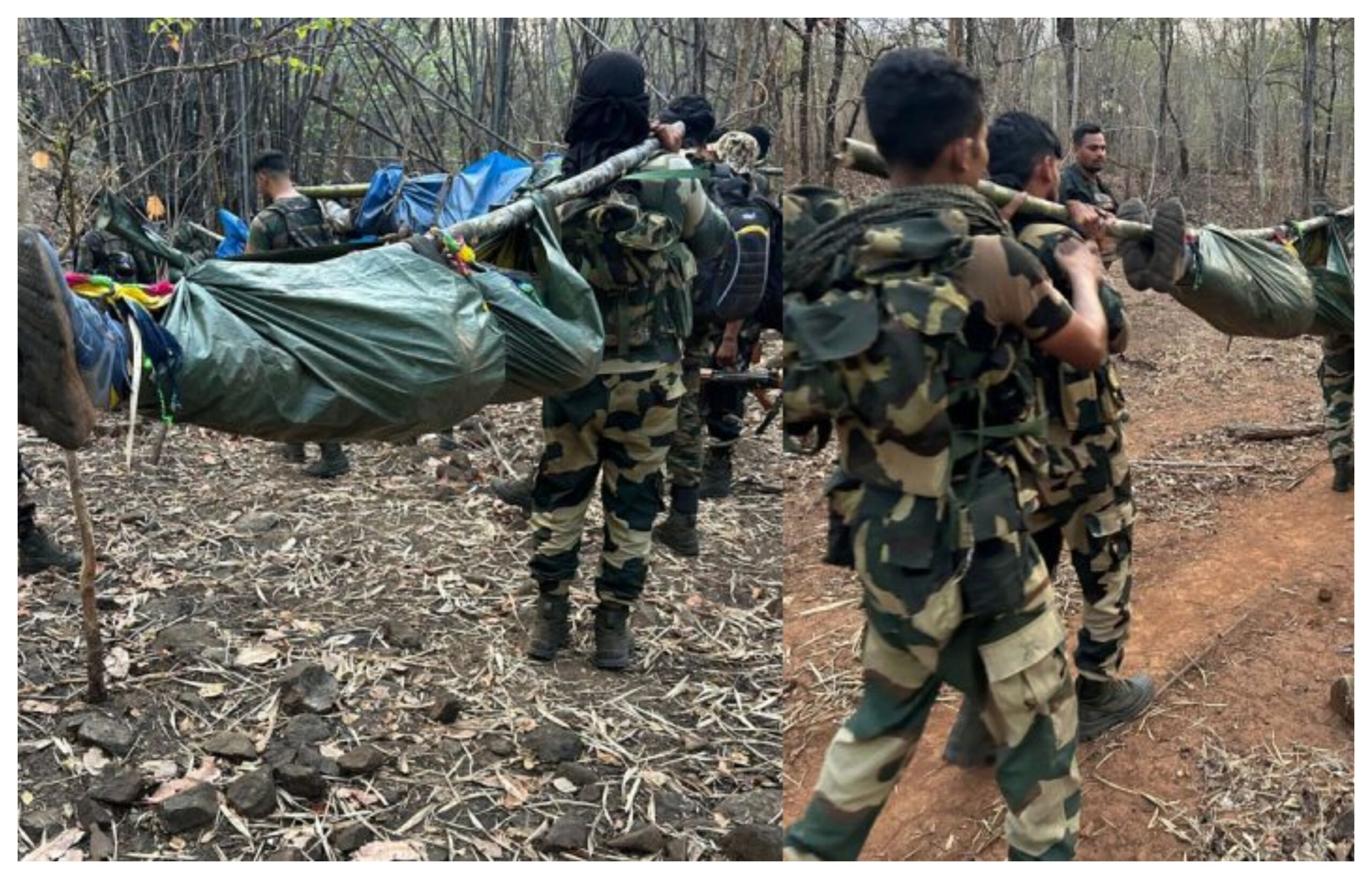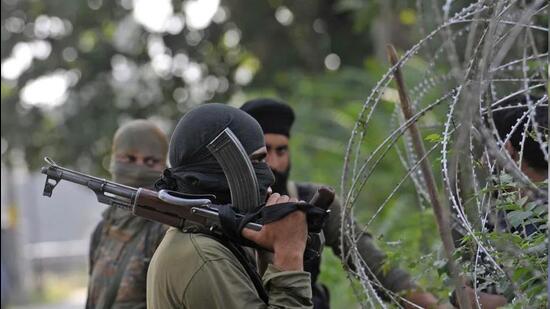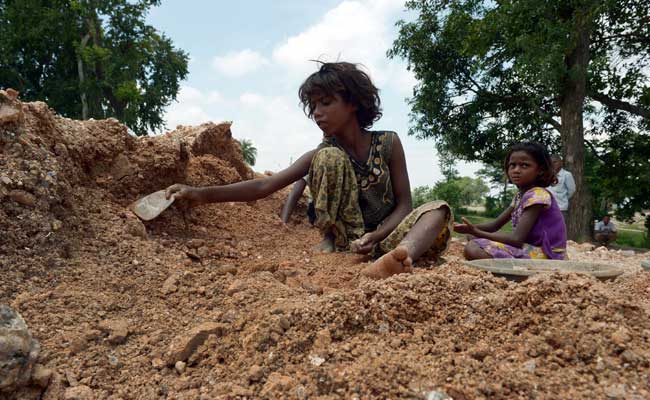Three Naxalites, including two women, have surrendered in Chhattisgarh’s Gariaband district. They carried a cumulative bounty of Rs 15 lakh and praised the state’s rehabilitation policies.
Naxalites Surrender in Chhattisgarh: A New Chapter
In a significant development in the fight against Naxalism, three Naxalites, including two women, have surrendered in Chhattisgarh’s Gariaband district. This move marks a crucial step forward for the state’s efforts to combat Maoist insurgency. The surrendered individuals, identified as Dileep alias Santu, Manjula alias Lakhmi, and Sunita alias Junki, carried a cumulative bounty of Rs 15 lakh. Dileep held the position of deputy commander in the Sonabeda-Dharambandha-Kholibatar area committee, while Manjula and Sunita were members of different Maoist area committees.
The trio expressed disillusionment with the Maoist ideology, praising the government’s Naxalism elimination strategy and the police’s rehabilitation efforts. They will receive benefits under the state’s surrender and rehabilitation policy, highlighting the effectiveness of these initiatives in combating Maoist insurgency. This development is part of a broader trend where several Naxalites have surrendered in recent months, indicating a growing dissatisfaction among cadres with the Maoist movement.
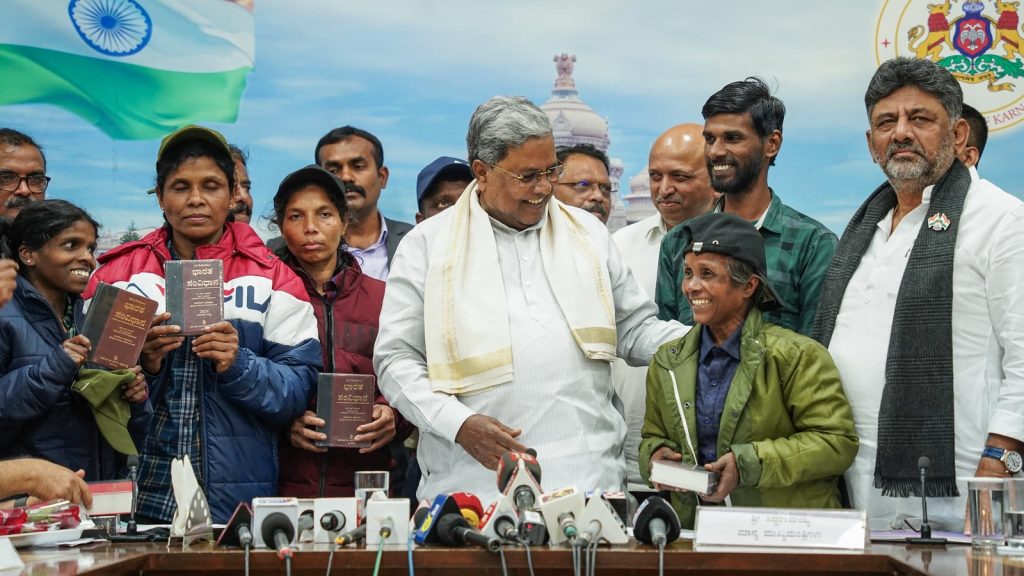
Recent Trends in Naxalite Surrenders
In recent months, Chhattisgarh has seen a surge in Naxalite surrenders. For instance, about 18 Maoists, including three women, surrendered to the CRPF in Dantewada, Chhattisgarh, earlier this year. Similarly, about 30 Maoists surrendered in Bijapur district, citing disappointment with the hollow ideology of the Maoists and mistreatment by their commanders as reasons for their decision. These surrenders reflect a shift in the dynamics of the conflict, with many Naxalites opting to leave the movement and reintegrate into society.
The state’s rehabilitation policies have been instrumental in encouraging these surrenders. By offering support and opportunities for reintegration, the government aims to reduce the appeal of the Maoist ideology and encourage more cadres to surrender. This approach not only helps in reducing violence but also provides a chance for former Naxalites to rebuild their lives.
Impact on Security Operations
The surrenders have significant implications for security operations in the region. They indicate a weakening of the Maoist movement, as more cadres lose faith in the ideology and seek to leave. This trend can lead to better intelligence gathering, as surrendered Naxalites often provide valuable insights into the movement’s operations and strategies. Additionally, the reduction in active Naxalites can lead to a decrease in violent encounters, making the region safer for both civilians and security personnel.
However, despite these successes, challenges remain. The Maoist movement still maintains a strong presence in certain areas, and security forces continue to face threats from remaining cadres. The recent encounters in districts like Bijapur and Sukma highlight the ongoing nature of the conflict. Thus, while surrenders are a positive development, they must be complemented by sustained security efforts to fully address the issue.
Ongoing Conflict and Future Prospects
The Naxalite-Maoist insurgency has been a longstanding challenge for India, particularly in states like Chhattisgarh. Despite recent successes in encouraging surrenders, the conflict remains complex, with deep-rooted social and economic factors contributing to its persistence. The government’s approach of combining security operations with rehabilitation policies aims to address these underlying issues, but it requires sustained effort and commitment.
As the situation evolves, it will be crucial to monitor how effectively the surrendered Naxalites are reintegrated into society. This process not only involves providing them with economic support but also ensuring they are accepted by their communities. The success of these efforts will depend on the government’s ability to deliver on its promises and create opportunities for former cadres to build new lives.
What do you think is the most effective way to combat Naxalism in India, and how can the government ensure that surrendered cadres are successfully reintegrated into society?

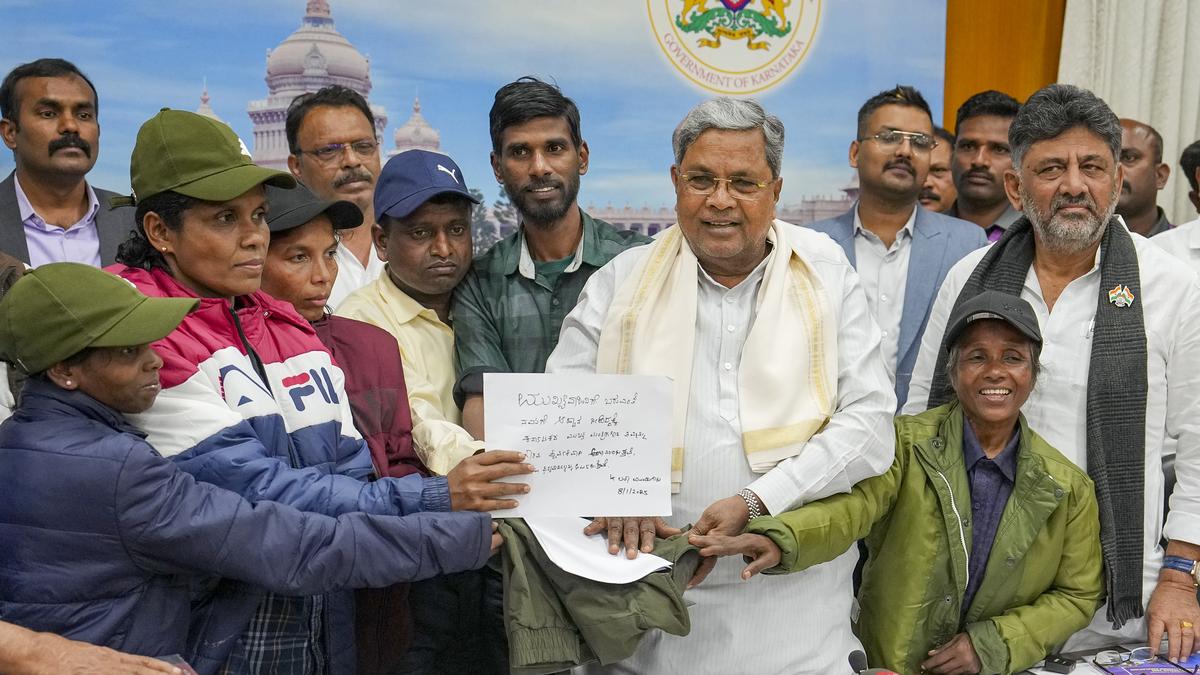
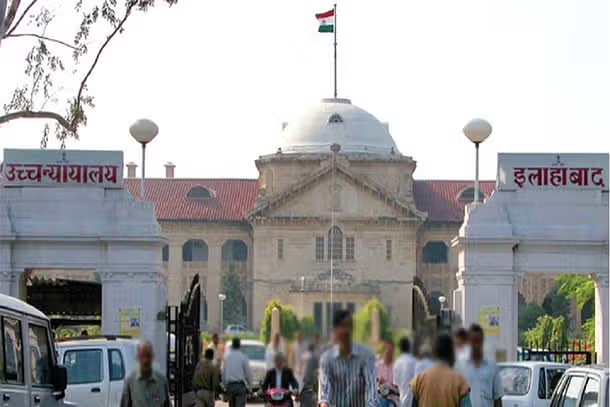
 By
By